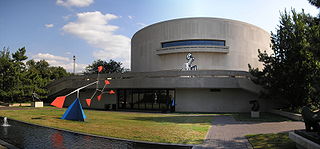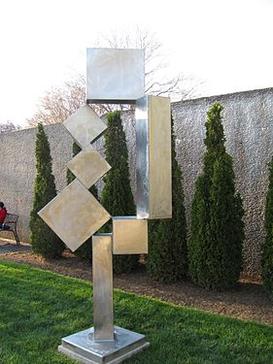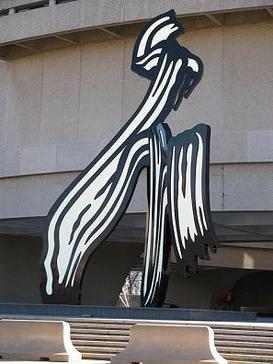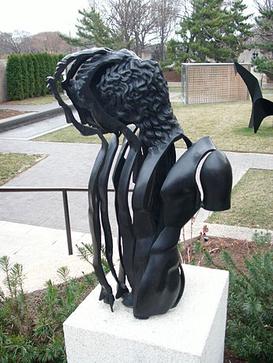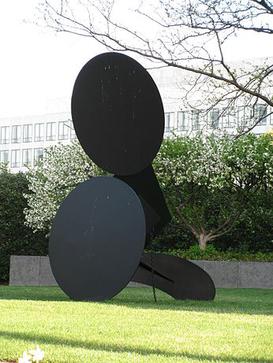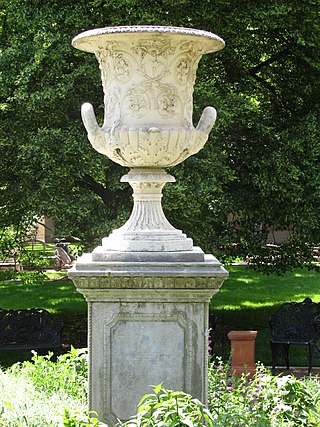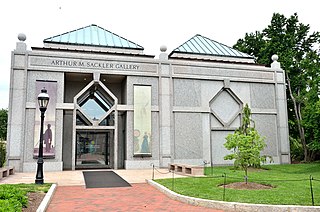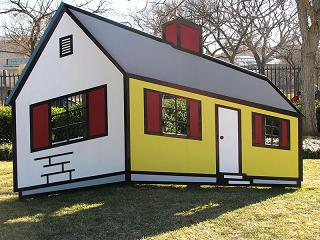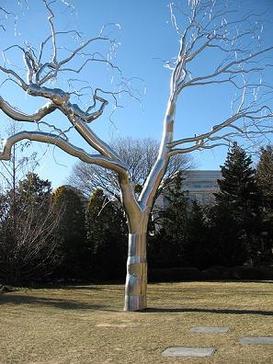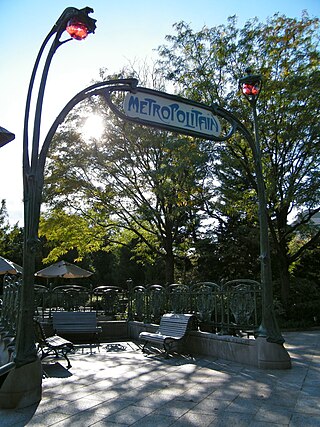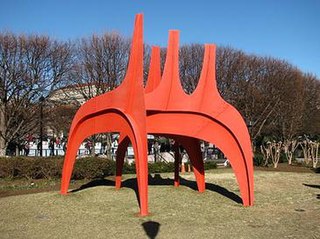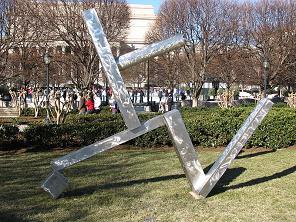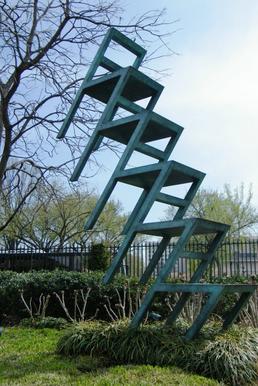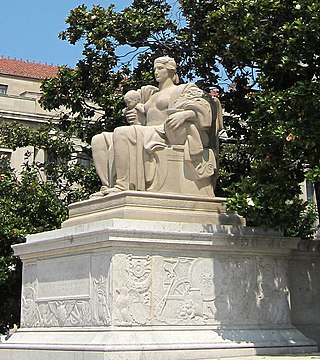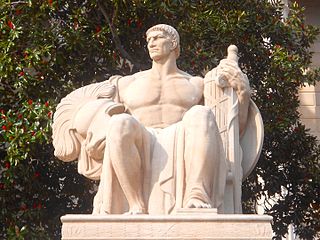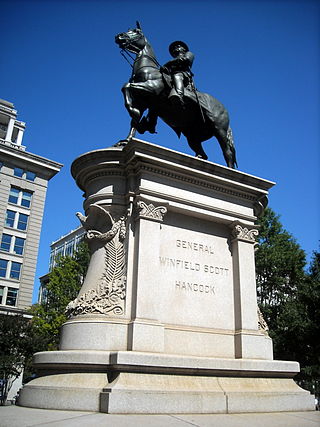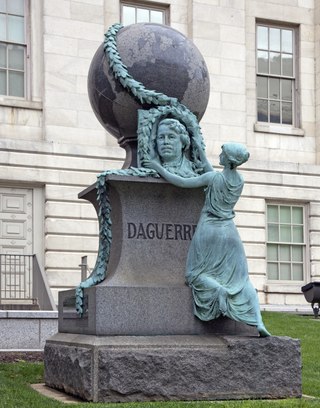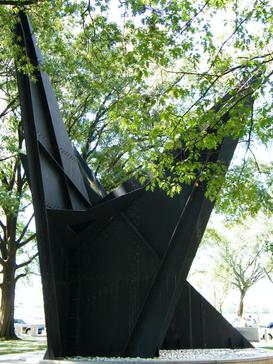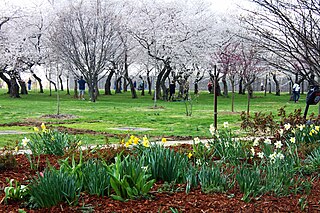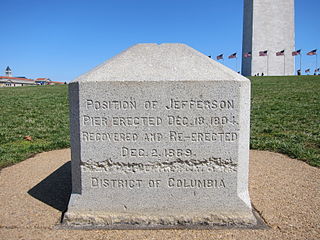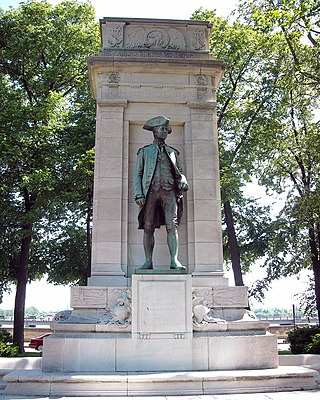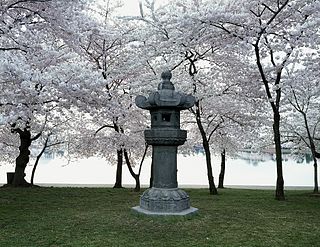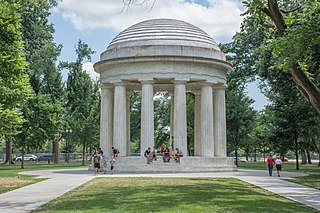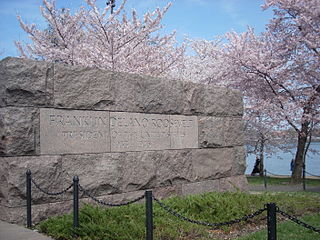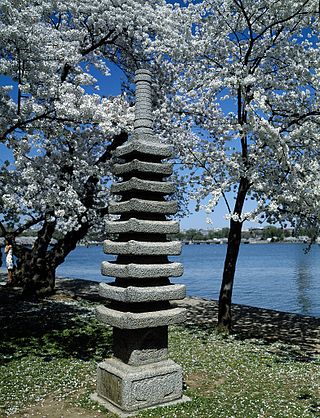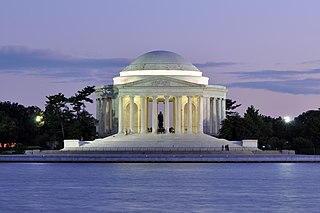Self-guided Sightseeing Tour #5 in Washington, United States
Legend
Tour Facts
12.3 km
268 m
Experience Washington in United States in a whole new way with our free self-guided sightseeing tour. This site not only offers you practical information and insider tips, but also a rich variety of activities and sights you shouldn't miss. Whether you love art and culture, want to explore historical sites or simply want to experience the vibrant atmosphere of a lively city - you'll find everything you need for your personal adventure here.
Individual Sights in WashingtonSight 1: Union Station Plaza
Columbus Circle, also known as Union Station Plaza or Columbus Plaza, is a traffic circle at the intersection of Delaware, Louisiana and Massachusetts Avenues and E and First Streets, Northeast in Washington, D.C. It is located in front of Union Station right next to the grounds of the United States Capitol. Union Station and its access roads interrupt this circle on one side, forming an arc.
Sight 2: Capital Jewish museum
The Capital Jewish Museum, officially the Lillian & Albert Small Capital Jewish Museum, is a historical society and museum in Washington, D.C., focused on the history of Jewish life in the American capital city and the surrounding Washington metropolitan area.
Wikipedia: Lillian & Albert Small Capital Jewish Museum (EN)
Sight 3: Joseph Darlington Memorial Fountain
The Darlington Memorial Fountain, also known as the Joseph Darlington Fountain, Nymph and Fawn, and Darlington Fountain, is a sculpture by C. Paul Jennewein atop a fountain in honor of Joseph James Darlington. It is located at Judiciary Park, where 5th Street, D Street, and Indiana Avenue NW intersect in the Judiciary Square neighborhood of Washington, D.C. The fountain is surrounded on three sides by government buildings, including the United States Court of Military Appeals, the H. Carl Moultrie Courthouse, and the former District of Columbia City Hall.
Sight 4: John Marshall Place Park
John Marshall Park is a park located in the Judiciary Square neighborhood of Washington, D.C. The park is in honor of John Marshall, a U.S. Representative (1799-1800), Secretary of State (1800-1801), and the fourth Chief Justice of the Supreme Court (1801–1835).
Sight 5: George Gordon Meade Memorial
The George Gordon Meade Memorial, also known as the Meade Memorial or Major General George Gordon Meade, is a public artwork in Washington, D.C. honoring George Meade, a career military officer from Pennsylvania who is best known for defeating General Robert E. Lee at the Battle of Gettysburg. The monument is sited on the 300 block of Pennsylvania Avenue NW in front of the E. Barrett Prettyman United States Courthouse. It was originally located at Union Square, but was removed and placed in storage for fourteen years before being installed at its current location. The statue was sculpted by Charles Grafly, an educator and founder of the National Sculpture Society, and was a gift from the state of Pennsylvania. Prominent attendees at the dedication ceremony in 1927 included President Calvin Coolidge, Governor John Stuchell Fisher, Secretary of the Treasury Andrew W. Mellon, and Senator Simeon D. Fess.
Sight 6: Cubi XI
Cubi XI is an abstract sculpture by David Smith. It is a part of the Cubi series of sculptures.
Sight 7: Andrew Mellon Memorial Fountain
The Andrew W. Mellon Memorial Fountain is a bronze fountain sculpture by Sidney Waugh as a memorial to Andrew W. Mellon. It is located at the eastern tip of the Federal Triangle within the intersection of Pennsylvania Avenue, Constitution Avenue, and 6th Street NW in Washington D.C., United States. The fountain is across Constitution Avenue from the West Building of the National Gallery of Art. The Department of the Interior maintains the fountain, which President Harry S. Truman dedicated on May 9, 1952.
Sight 8: Man Controlling Trade
Man Controlling Trade is the name given to two monumental equestrian statues created by Michael Lantz for the Federal Trade Commission Building in Washington, D.C. under the United States Department of the Treasury Section of Painting and Sculpture. The works were dedicated in 1942. Each of the two limestone groups is approximately 12 feet tall and 16 feet long.
Sight 9: Delta Solar
Delta Solar is a public artwork by Venezuelan sculptor Alejandro Otero located outside of the National Air and Space Museum in Washington, DC, United States. Delta Solar is meant to pay homage to modern technology and the Inca sun cult.
Sight 10: Figure for Landscape
Figure for Landscape is a bronze sculpture by Barbara Hepworth, modeled in 1960.
Sight 11: Horse and Rider
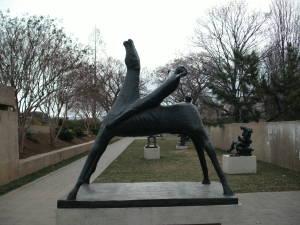
Horse and Rider is a modern equestrian bronze sculpture by Marino Marini. Executed in 1952–1953, it is located at the Hirshhorn Museum and Sculpture Garden.
Sight 12: Clamdigger
Clamdigger is a bronze sculpture by Willem de Kooning. It may have been inspired by "the men who dug for clams along the beaches" near his home in East Hampton, New York. It has been described as one of his "extraordinarily tactile figurative sculptures" that "seemed pulled from the primordial ooze," and "as part man, part creature of the mud and the shallows."
Sight 13: Monsoon Drift
Monsoon Drift is an abstract steel sculpture, by Anthony Caro.
Sight 14: Lunar Bird

Lunar Bird is an abstract bronze sculpture by Joan Miró. It was modeled in 1945, enlarged in 1966, and cast in 1967.
Sight 15: Are Years What? (for Marianne Moore)
Are Years What? is a sculpture by American artist Mark di Suvero. It is in the collection of the Hirshhorn Museum and Sculpture Garden, in Washington, D.C., United States. The sculpture is named after poet Marianne Moore's "What Are Years". From May 22, 2013 through May 26, 2014, the sculpture resided temporarily in San Francisco, as part of the San Francisco Museum of Modern Art's Mark di Suvero exhibition at Crissy Field.
Sight 16: Hirshhorn Sculpture Garden
The Hirshhorn Museum and Sculpture Garden is an art museum beside the National Mall in Washington, D.C., United States. The museum was initially endowed during the 1960s with the permanent art collection of Joseph H. Hirshhorn. It was designed by architect Gordon Bunshaft and is part of the Smithsonian Institution. It was conceived as the United States' museum of contemporary and modern art and currently focuses its collection-building and exhibition-planning mainly on the post–World War II period, with particular emphasis on art made during the last 50 years.
Sight 17: Cubi XII
Cubi XII is an abstract sculpture by David Smith.
Sight 18: For Gordon Bunshaft

For Gordon Bunshaft is a 2006 sculpture by Dan Graham, installed at the Hirshhorn Museum and Sculpture Garden in Washington, D.C., United States. The work, which refers to American architect Gordon Bunshaft, was installed by the reflection pool of the Bunshaft-designed sculpture garden at the Hirshhorn on May 30, 2008.
Sight 19: Brushstroke
Brushstroke is a sculpture by Roy Lichtenstein. There are two copies. The original was created in 2001 for the Museo Nacional Centro de Arte Reina Sofía in Madrid, Spain. The second was delivered to the Hirshhorn Museum and Sculpture Garden in Washington, DC, on September 16, 2003, and dedicated on October 25, 2003.
Sight 20: Eros, Inside Eros
Eros, Inside Eros (1986) is a bronze sculpture by Arman.
Sight 21: Geometric Mouse
Geometric Mouse, Variation I, Scale A is an abstract sculpture by Claes Oldenburg. created in 1971.
Sight 22: Andrew Jackson Downing Urn
The Andrew Jackson Downing Urn, also known as the Downing Urn, is a memorial and public artwork located in the Enid A. Haupt Garden of the Smithsonian Institution on the National Mall in Washington, D.C.
Sight 23: Arthur M. Sackler Gallery
The Arthur M. Sackler Gallery is an art museum of the Smithsonian Institution in Washington, D.C., focusing on Asian art. The Sackler Gallery and the Freer Gallery of Art together form the National Museum of Asian Art in the United States. The Freer and Sackler galleries house the largest Asian art research library in the country.
Sight 24: House I
House I is a sculpture by Roy Lichtenstein. It has an illusion, which makes it appear inside out, or normally, depending on which way the viewer sees it.
Sight 25: Graft
Graft is a sculpture by Roxy Paine. It was installed on October 26–30, 2008, in the National Gallery of Art Sculpture Garden.
Sight 26: An Entrance to the Paris Métropolitain
An Entrance to the Paris Métropolitain is a sculpture by Hector Guimard, conceived in 1902 and fabricated between 1902 and 1913. Guimard designed 141 entrances to the Paris Métro of varying types, 86 of which are still standing. One is featured at the National Gallery of Art Sculpture Garden in Washington, D.C.
Sight 27: Cheval Rouge
Cheval Rouge is an abstract sculpture by Alexander Calder.
Sight 28: Cubi XXVI
Cubi XXVI is an abstract sculpture by David Smith, in the National Gallery of Art Sculpture Garden in Washington, D.C., US.
Sight 29: Chair Transformation Number 20B
Chair Transformation Number 20B is a 1996 abstract sculpture, by Lucas Samaras, in the National Gallery of Art Sculpture Garden.
Sight 30: Four-Sided Pyramid
Four-Sided Pyramid is a conceptual modular "structure", by Sol LeWitt, in the National Gallery of Art Sculpture Garden.
Sight 31: Aurora
An aurora is a natural light display in the sky on Earth seen predominantly in the high latitudes.
Sight 32: Captain Nathan Hale Sculpture
Statue of Nathan Hale may refer to:Statue of Nathan Hale (Chicago) Statue of Nathan Hale
Sight 33: Heritage Sculpture
Heritage is an outdoor 1935 sculpture by American artist James Earle Fraser, installed in front of the National Archives Building in Washington, D.C., United States. Heritage is a companion piece to Guardianship.
Sight 34: Guardianship Sculpture
Guardianship is an outdoor 1935 sculpture by American artist James Earle Fraser, installed in front of the National Archives Building in Washington, D.C., United States. Guardianship is a companion piece to Heritage.
Sight 35: General Winfield Scott Hancock
General Winfield Scott Hancock is an equestrian statue of Winfield Scott Hancock, by Henry Jackson Ellicott together with architect Paul J. Pelz. It is located at Pennsylvania Avenue in United States Navy Memorial Park at the northwest corner of 7th Street, Northwest, Washington, D.C.
Sight 36: Louis Daguerre Statue
The Daguerre Memorial is a bronze and granite sculpture by Jonathan Scott Hartley in Washington, D.C. It was erected in memory of Louis Daguerre.
Sight 37: Ford's Theatre National Historic Site
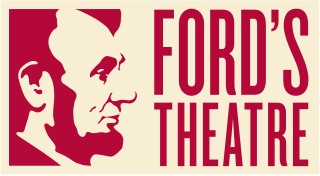
Ford's Theatre is a theater located in Washington, D.C., which opened in 1863. The theater is best known for being the site of the assassination of Abraham Lincoln. On the night of April 14, 1865, John Wilkes Booth entered the theater box where Lincoln was watching a performance of Tom Taylor's play Our American Cousin, slipped the single-shot, 5.87-inch derringer from his pocket and fired at Lincoln's head. After being shot, the fatally wounded Lincoln was carried across the street to the nearby Petersen House, where he died the next morning.
Sight 38: Brigadier General Count Casimir Pulaski
General Casimir Pulaski is a bronze equestrian statue of Casimir Pulaski, a military man born in the Polish–Lithuanian Commonwealth. He joined the military at a young age, fighting for removal of the king, who was backed by Russia. After his side lost the war, he fled to Paris, where he met Benjamin Franklin. Impressed by Pulaski, Franklin wrote a letter of recommendation to George Washington, suggesting he would be a helpful soldier during the American Revolutionary War. After arriving in the U.S., Pulaski eventually was promoted to Brigadier General and commanded a cavalry unit, the Pulaski's Legion. He died in 1779 due to injuries sustained in battle.
Wikipedia: General Casimir Pulaski (statue) (EN), Heritage Website
Sight 39: Bearing Witness
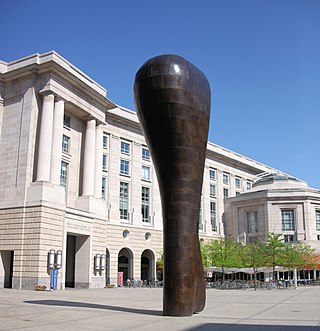
Bearing Witness is an outdoor 1997 sculpture by Martin Puryear, installed outside the Ronald Reagan Building and International Trade Center in Washington, D.C., in the United States. Twenty plus years after its construction the sculpture follows the characteristic style of Puryear and remains standing with minimal maintenance twenty plus years after its construction. The meaning of the sculpture is left up to interpretation, although many observers read into the inspirations Puryear may have had when designing the work.
Sight 40: Infinity
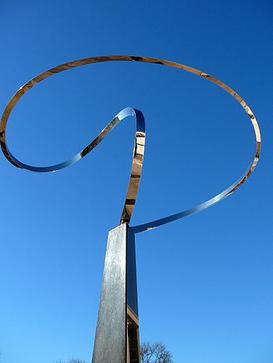
Infinity is an abstract sculpture designed by José de Rivera and created by Roy Gussow. It is located at the south entrance of the National Museum of American History, at Madison Drive and 12th Street, Northwest, Washington, D.C.
Sight 41: The Gwenfritz Sculpture
Gwenfritz is a painted steel abstract stabile, by Alexander Calder. It is located at the National Museum of American History, at 14th Street, and Constitution Avenue, in Washington, D.C.
Sight 42: German-American Friendship Garden
The German-American Friendship Garden on the National Mall in Washington, D.C. stands as a symbol of the positive and cooperative relations between the United States of America and the Federal Republic of Germany.
Sight 43: Jefferson Pier Stone
Jefferson Pier, Jefferson Stone, or the Jefferson Pier Stone, in Washington, D.C., marks the second prime meridian of the United States even though it was never officially recognized, either by presidential proclamation or by a resolution or act of Congress.
Sight 44: John Paul Jones Memorial
The John Paul Jones Memorial, also known as Commodore John Paul Jones, is a monument in West Potomac Park, Washington, D.C. The memorial honors John Paul Jones, the United States' first naval war hero, and received the Congressional Gold Medal after the American Revolutionary War ended. Jones allegedly said "I have not yet begun to fight!" during the Battle of Flamborough Head.
Sight 45: Japanese Lantern
The Japanese Lantern is a stone lantern in West Potomac Park, Washington, D.C. It is located next to the Tidal Basin, among the cherry trees first planted in 1912. It is lighted during the annual National Cherry Blossom Festival.
Sight 46: DC War Memorial
The District of Columbia War Memorial commemorates the more than 26,000 "residents and citizens" of the District of Columbia who performed military service in World War I, including the 499 who gave their lives in that service. Located on the National Mall, it was constructed in 1931 as a domed, peristyle Doric temple designed to serve as a bandstand for public events. In a practice unusual for the time, the names are listed in alphabetical order, without regard to rank, gender, race, or national origin.
Sight 47: Martin Luther King, Jr. Memorial
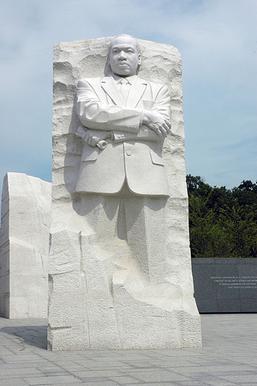
The Martin Luther King, Jr. Memorial is a national memorial located in West Potomac Park next to the National Mall in Washington, D.C., United States. It covers four acres (1.6 ha) and includes the Stone of Hope, a granite statue of civil rights movement leader Martin Luther King Jr. carved by sculptor Lei Yixin. The inspiration for the memorial design is a line from King's "I Have a Dream" speech: "Out of the mountain of despair, a stone of hope." The memorial opened to the public on August 22, 2011, after more than two decades of planning, fundraising, and construction.
Sight 48: Franklin Delano Roosevelt Memorial
The Franklin Delano Roosevelt Memorial is a presidential memorial in Washington D.C., dedicated to the memory of Franklin Delano Roosevelt, the 32nd president of the United States, and to the era he represents. The memorial is one of two in Washington honoring Roosevelt.
Sight 49: Japanese Pagoda
The Japanese Pagoda is a stone statue in West Potomac Park, Washington, D.C. It is located next to the Tidal Basin, and the Franklin Delano Roosevelt Memorial.
Sight 50: Jefferson Memorial
The Jefferson Memorial is a national memorial in Washington, D.C., built in honor of Thomas Jefferson, the principal author of the United States Declaration of Independence, a central intellectual force behind the American Revolution, a founder of the Democratic-Republican Party, and the nation's third president.
Share
How likely are you to recommend us?
Disclaimer Please be aware of your surroundings and do not enter private property. We are not liable for any damages that occur during the tours.
GPX-Download For navigation apps and GPS devices you can download the tour as a GPX file.
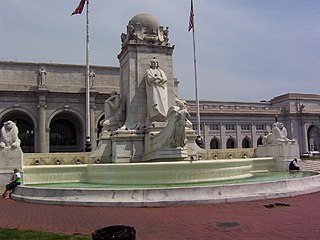

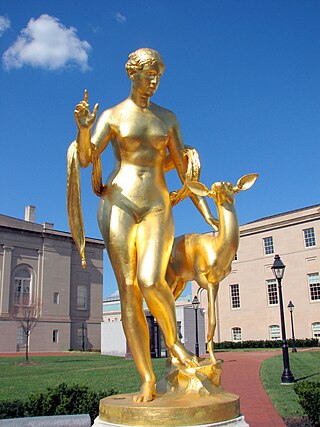
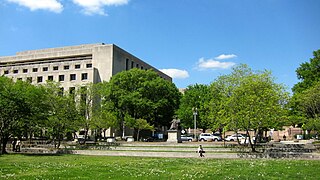
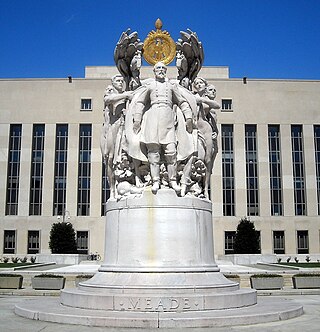
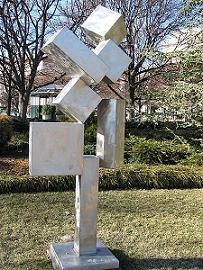
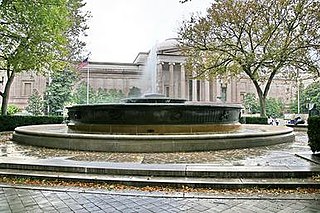
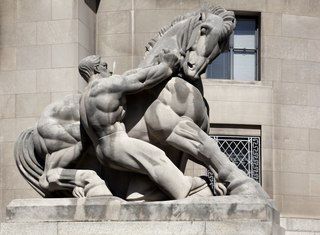
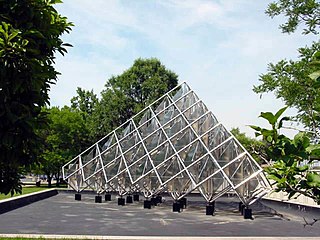
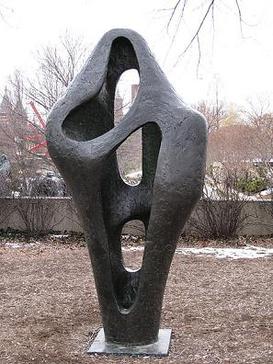
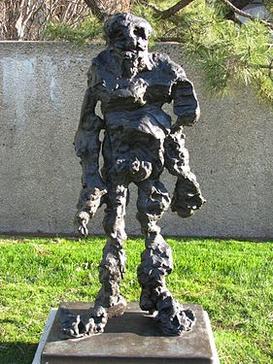
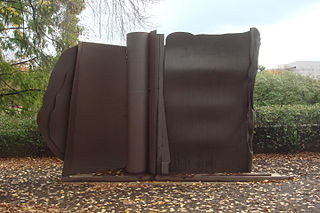
.jpg)
